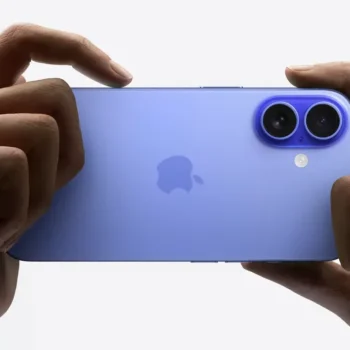Introduction Apple's highly anticipated 'Glowtime' event has once again left tech enthusiasts buzzing. As expected, the company revealed a lineup
Introduction When it comes to smartphones, Apple's iPhone lineup continues to dominate the conversation in 2024. With a wide variety of models to choose from, finding the right iPhone that










